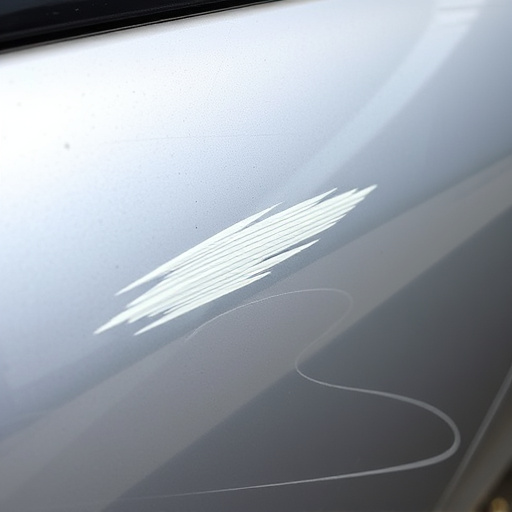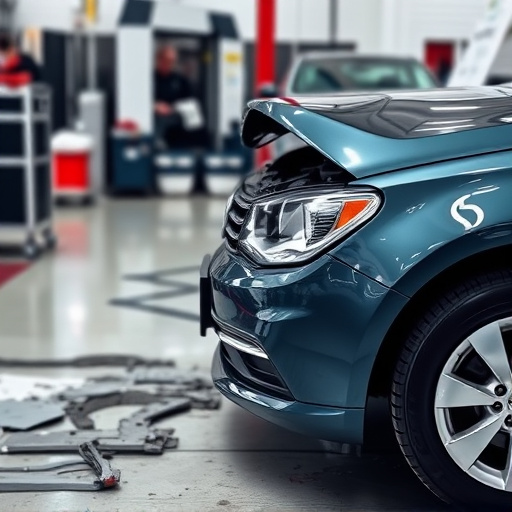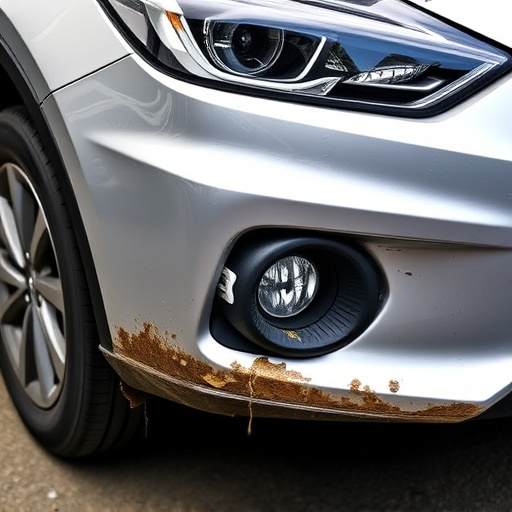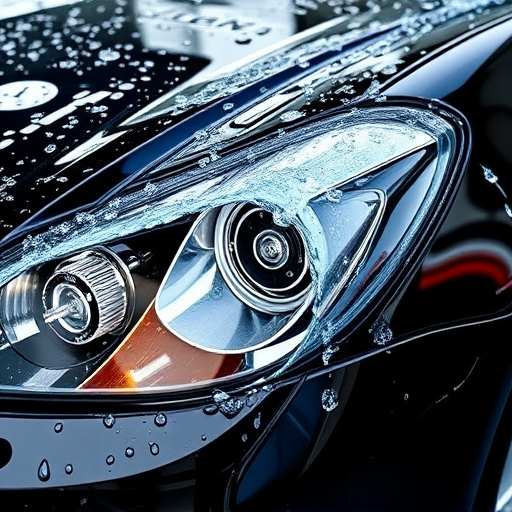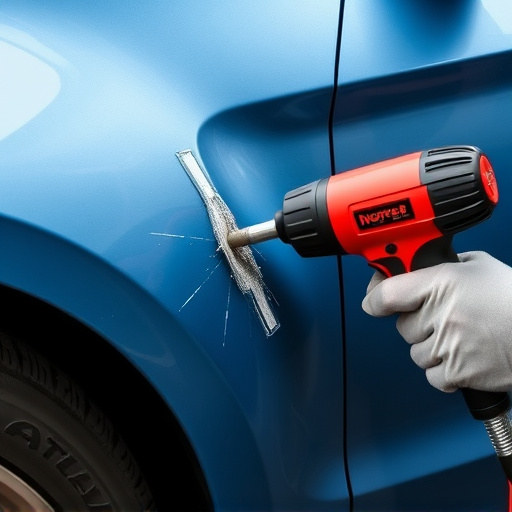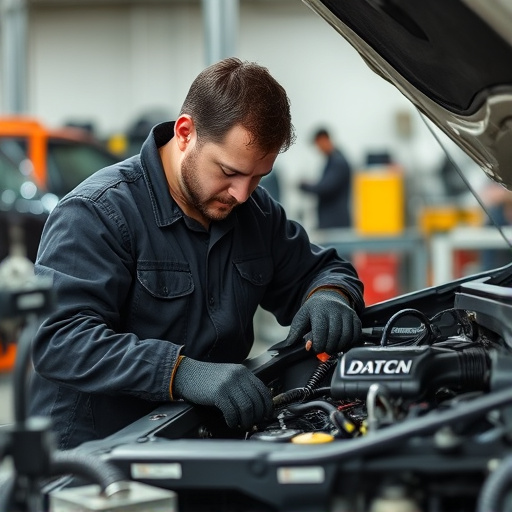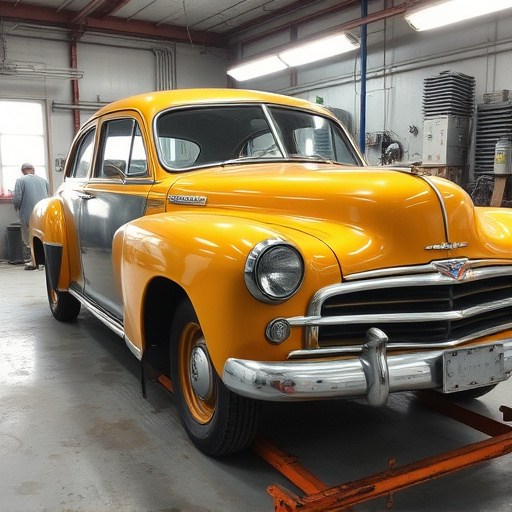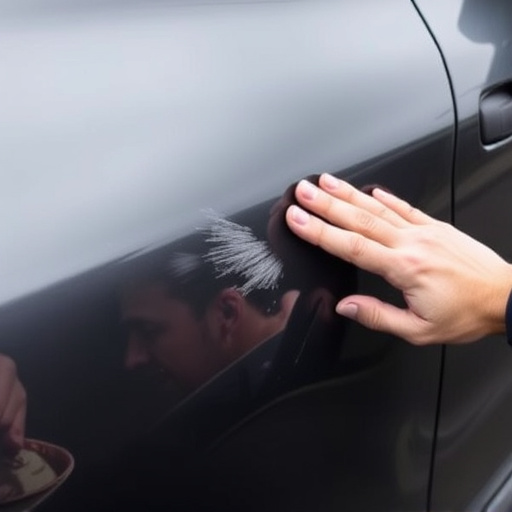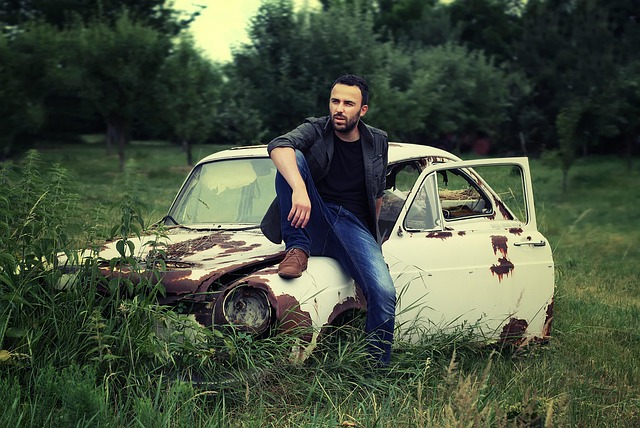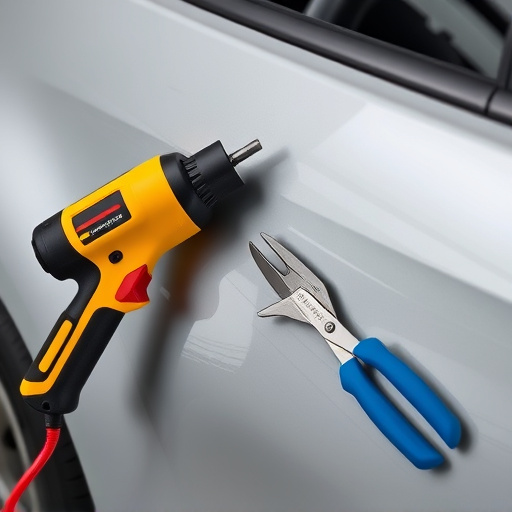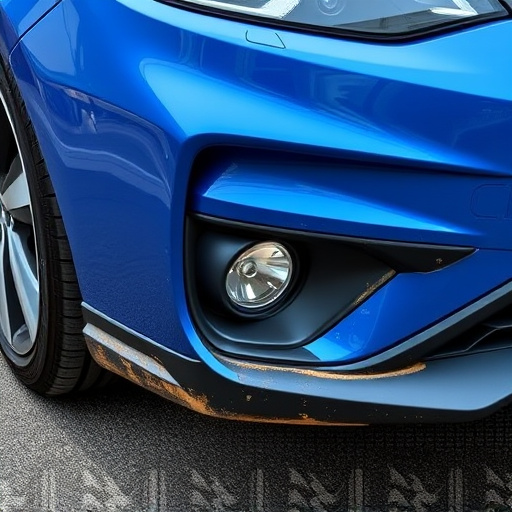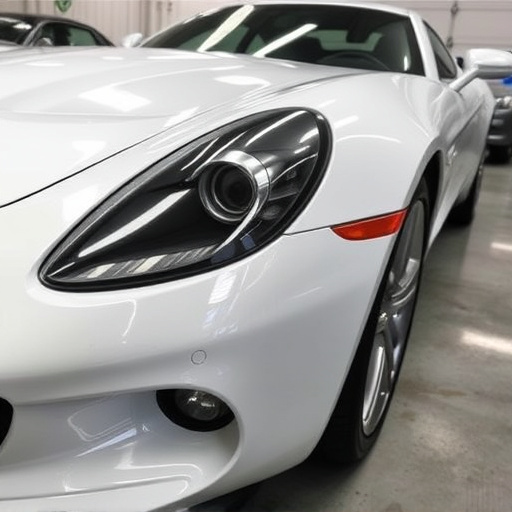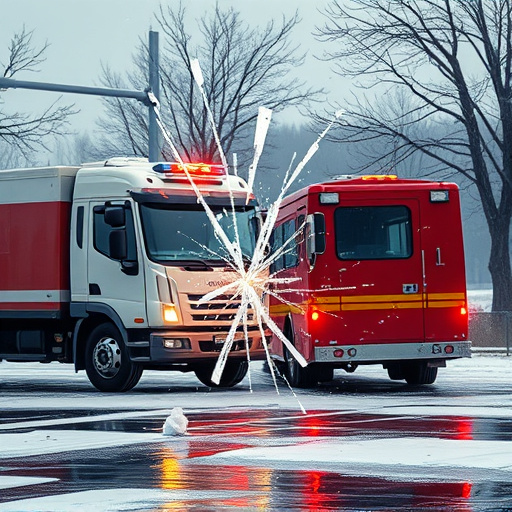Waterborne paint systems have gained popularity for their eco-friendly design and reduced volatile organic compound (VOC) emissions. In automotive repair, these coatings offer superior coverage, durability, and safety compared to traditional methods. Efficient painting processes rely on specialized tools like high-quality spray guns, sanders, degreasers, and well-ventilated booths. Mercedes-Benz repair shops must maintain optimal booth conditions for waterborne paint systems to ensure top-quality finishes, enhanced air quality, and faster curing times, setting them apart in the market.
Waterborne paint systems are revolutionizing the coatings industry with their environmental friendliness and superior performance. This article explores the benefits and basics of these innovative systems, providing an in-depth guide for professionals. We’ll delve into essential tools that streamline painting processes and optimal booth conditions to ensure high-performance results. By understanding these key factors, you’ll be equipped to harness the full potential of waterborne paint technology.
- Understanding Waterborne Paint Systems: Benefits and Basics
- Essential Tools for Efficient Waterborne Painting Processes
- Optimal Booth Conditions for High-Performance Waterborne Paints
Understanding Waterborne Paint Systems: Benefits and Basics

Waterborne paint systems have gained significant popularity in various industries due to their numerous advantages. These advanced coatings are designed to emit fewer volatile organic compounds (VOCs), making them an eco-friendly alternative to traditional paints. In terms of automotive repair services and car restoration, waterborne paints offer a range of benefits. They provide excellent coverage, ensuring even and durable finishes on surfaces like automotive body work, while also adhering well to various substrates.
The basic principles behind waterborne paint systems involve mixing pigmented resins with water as the primary solvent. This allows for easy application using standard tools, such as brushes or spray equipment, without generating harmful fumes. This feature makes them safer for both users and the environment, especially in confined spaces like workshops where traditional painting methods can be hazardous.
Essential Tools for Efficient Waterborne Painting Processes
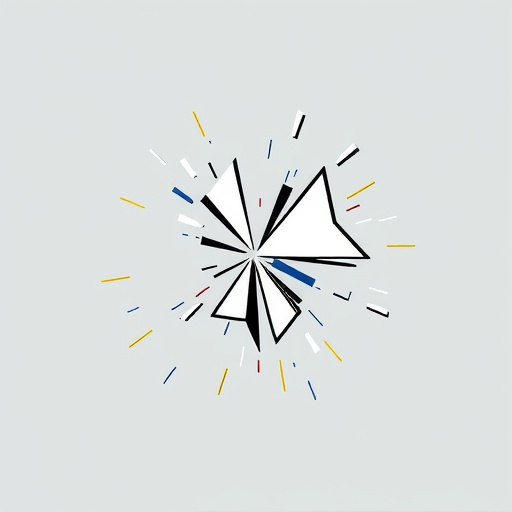
In the realm of waterborne paint systems, efficient painting processes hinge on a robust toolkit tailored for this specific application. Essential tools for achieving optimal results include high-quality spray guns designed for precise and even coatings. These guns are crucial for creating smooth finishes, minimizing overspray, and ensuring cost-effective use of materials. Additionally, advanced sanders and scratch repair kits play a vital role in preparing vehicle bodies, whether from minor car collision repairs or general vehicle body repairs, by eliminating imperfections that could affect paint adherence.
Other indispensable items are de-greasers and surface cleaners that remove any contaminants, enabling a clean canvas for the waterborne paint to adhere perfectly. A well-ventilated booth is also critical, not just for worker comfort but more so for minimizing VOC (volatile organic compound) emissions associated with waterborne paints, contributing to a healthier working environment. This setup facilitates efficient painting while adhering to environmental best practices in the vehicle body repair and restoration industry.
Optimal Booth Conditions for High-Performance Waterborne Paints
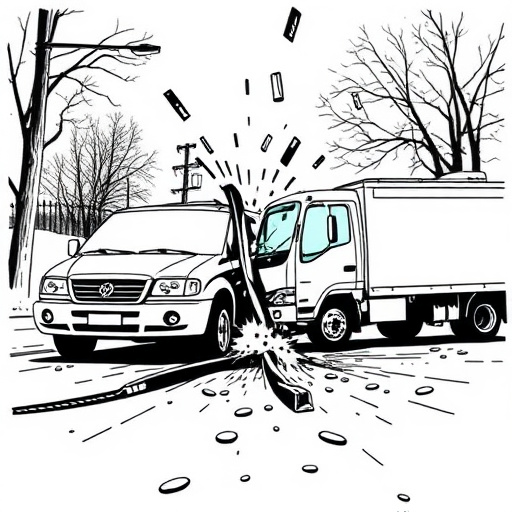
To achieve optimal performance with waterborne paint systems, booth conditions must be carefully controlled. The ideal environment includes a clean, dust-free space maintained at a consistent temperature and humidity level. This is crucial for ensuring the paint’s integrity and longevity, as extreme temperatures or fluctuating moisture levels can negatively impact drying times and overall quality. Adequate ventilation is also essential to prevent the buildup of volatile organic compounds (VOCs), which not only improves air quality but also expedites the curing process.
In a Mercedes-Benz repair or any professional body shop services, maintaining these booth conditions becomes critical. Proper booth setup allows for efficient application and drying of waterborne paints, resulting in superior finishes comparable to conventional systems. This attention to detail reflects not just in the quality of repairs but also in the overall customer experience, setting apart top-tier body shops from their competitors.
Waterborne paint systems offer a sustainable and efficient solution for various industrial painting applications. By understanding the benefits and basic principles, investing in the right tools, and maintaining optimal booth conditions, professionals can achieve superior results. This approach ensures not only high-quality finishes but also contributes to a more environmentally friendly approach to painting, making waterborne systems a smart choice for modern industries.
